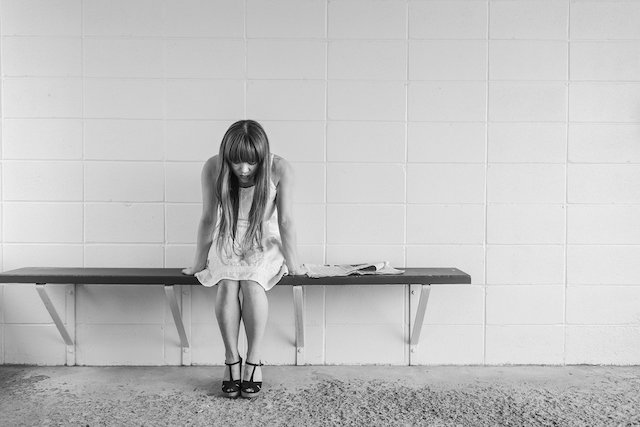
Not al skin sections are created equal. The skin underneath our eyes is thinner than the rest of our body. Our feet tend to be rougher and thicker. Due to sun exposure, we see tan lines where our shirts end. The skin on our elbows and knees despite our efforts with lotions, creams, and scrubs tends to be darker.
I consulted with Dr. Anna Palabyab-Rufino to investigate further into this. I thought that while we are still on modified quarantine, we can take this time to get into the nitty-gritty of this trivial but important skin issue.
Why are elbows and knees prone to darkening more than other areas of our skin?
Melanin is responsible for giving our skin its color but sun exposure, certain skin conditions causing post-inflammatory hyperpigmentation such as skin asthma or eczema, friction, and dryness can all stimulate an increase in its production in certain areas of our bodies. The elbows and knees are constantly bending and rubbing against surfaces. They are prone to thickening and drying due to friction as well. Irritation can also lead to post-inflammatory hyperpigmentation.
What daily habits people do that make these areas darker?
Rubbing or scrubbing these areas vigorously while bathing may actually do more harm than good since as a defense mechanism, the skin tends to become thicker, appearing darker when you do this. Darkening in these areas does not mean that these areas are dirty! People with darker skin tones, have more melanin, and are just more prone to hyperpigmentation. Putting your elbows over your desks or tables, doing exercises that require you to kneel, or put your elbows on the floor without protection can aggravate this as well. Another important thing is forgetting to put sunblock when you go out in the sun.
What are derma-approved ways to lighten these areas? Are there habits that people can integrate to lighten them naturally?
The best thing to do is to avoid the things mentioned above. Moisturizing this area to prevent dryness and mild exfoliation can prevent the accumulation of dead skin cells. Treatment and prevention of certain conditions such as skin asthma and eczema are also important. Using some chemical peels or exfoliants is effective as well as laser procedures that target pigmentation can also be done.
How safe are common lightening products and soaps found in the drugstore/over the counter?
Over-the-counter products are usually safe but not all have the same level of effectivity. If you have very dry or sensitive skin, use products with caution.
There are lightening soaps that have ingredients that gently exfoliate the skin. There are also creams and lotions containing ingredients such as hydroquinone, kojic acid, arbutin, niacinamide, and vitamin C that can help lighten these areas. Lotions applied on the whole arm or leg are preferred over spot treatment to avoid creating a lighter halo on the area surrounding the elbows and knees. Other products that can help peel off the upper layers of the skin, containing AHA’s (for example glycolic acid) or BHA’s (for example salicylic acid) are also recommended but should be used with caution. Sunblock should be applied when these areas are going to be exposed to the sun. A broad-spectrum sunblock of at least SPF 30 and a PA++ is recommended.
We also would like to ask you for your complete clinic details so people know where and how they can consult with you once the lockdown guidelines have eased up. due to the increased production of melanin.
Anna Palabyab-Rufino, MD, FPDS is a Dermatologist at BeautiqueMD, 8th Floor MDI Corporate Center, 10th Ave. Cor. 39th St. BGC, Taguig with contact number 09175142879 You can find them on @beautiquemd on Instagram.










